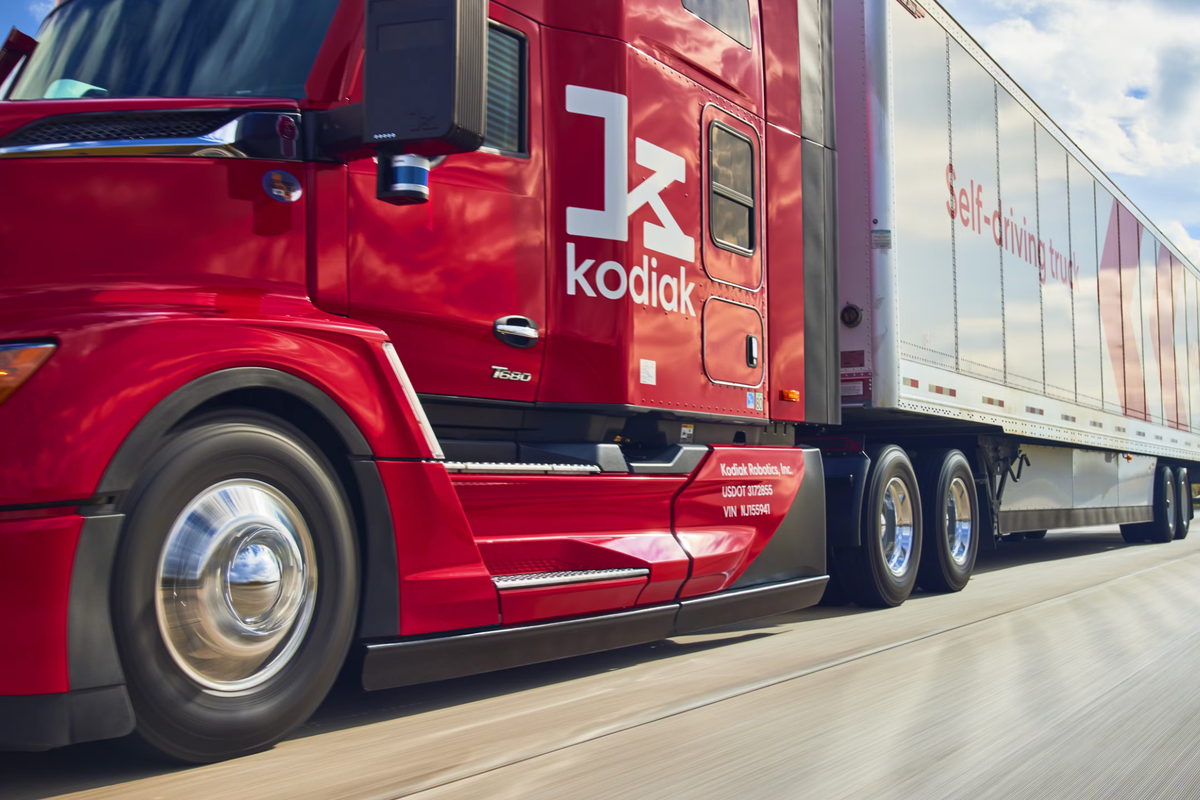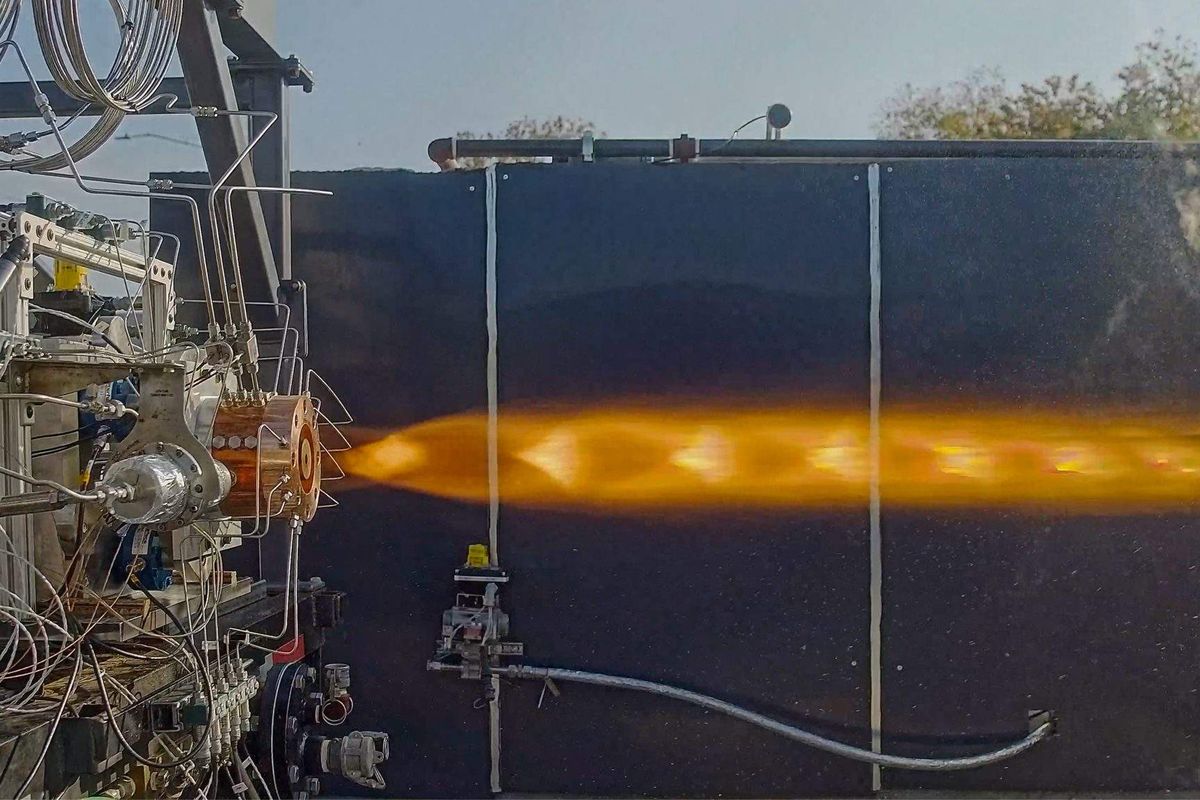When something is declared clean, one question invariably springs to mind: just how clean is clean?
Then it is, “What metrics decide what’s clean and what’s not?”
To answer those questions, one must abandon the subjective and delve into the scientific — and that’s where Clean Habits come in. The company has science on its side with Synbio, a patented cleaning formula that combines a unique blend of prebiotics and probiotics for their signature five-day clean.
“Actually, we are a synbiotic, which is a prebiotic and a probiotic fused together,” says Kristy Phillips, founder and CEO of Clean Habits. “And that's what gives us the five-day clean, and we also have the longest shelf life — three years — of any probiotic on the market.”
Phillips learned about the European product almost three months before the COVID-19 pandemic. She had heard of probiotics for gut health but had no idea about probiotic cleaning.
“When COVID actually hit, I went back and really started researching the manufacturer who is based in Europe and all of their pre- and probiotic cleaners,” remembers Phillips. “And I just found it to be so interesting that they were using natural probiotics from the dirt, from the soil, from Mother Earth. And they created this entire product line that they have been using for over 15 years. And they had so many clinical trials and hospital studies and university studies that were showing that these probiotic cleaners were working, and they were reducing bacteria, viruses, even viruses in air.
“Not only were they in the cleaning spray sector, but they were also already in water purification. They were in agriculture for animal house farming. They were doing a big trial in the subway station in Milan, putting the probiotics through a big HVAC system. And I just thought, there must be something here.”
 Kristy Phillips is the founder and CEO of Clean Habits. Photo via LinkedIn
Kristy Phillips is the founder and CEO of Clean Habits. Photo via LinkedIn
Phillips was right. After reaching out to the manufacturer, she asked if they had a distributor here in the United States. They didn't.
“Since they didn’t have a distributor here in the U.S., I got the products and tried them out for myself,” says Phillips. “They were chemical-free, non-toxic and eco-friendly and after comparing them side-by-side with the commercial cleaners we all grew up with like the Lysols, bleach, and 409s, I found that the probiotic cleaners not only worked on surface areas to remove bad bacteria and germs, they continued to work for up to five full days at 100 percent.
“The commercial cleaners did kill 99.99 percent of all bacteria and germs, but they only did it for 30 minutes. And then the bacteria and germs start to grow back. And I am like, you know, nobody tells you that in their marketing. So that is what started my journey on the probiotics and creating a line to bring to the market here in the United States.”
Phillips soon realized that her goal was easier said than done.
“I think the U.S. market is one of the hardest to break into,” says the Houston native. “Trying to launch a brand-new product in the United States, in the cleaning sector, you do have to deal with the FDA and the EPA, there is a big game that you must play. And then you do go up against the big boys, like the Johnson and Johnson's of the world. Everybody is so used to chemical cleaning. And to go and try to change that industry and disrupt it, that can be tough for people.
“And at the time, I felt like it was insane because everyone was living in their house due to COVID and continuing to use commercial cleaners that are backed with chemicals. They were all breathing that in. I felt that was doing us all an injustice, especially when you have these probiotics that are natural, non-toxic, non-chemical and safe to breathe. It does change the game.”
Once Phillips noticed that she was not alone, with companies like Jessica Alba’s The Honest Company and Mrs. Meyer’s with their plant-based cleaning products, she forged full speed ahead with Clean Habits.
Now, more than three years later, her company is making a significant impact.
“I said, OK, I’m not crazy here, I must be on the right path,” says Phillips. “With people starting to recognize that there is a better way to clean, we began to get into retailers like Kroger. Right now, we are in the process of on-boarding with Walmart and are in talks with CVS, Whole Foods, and Costco.”
The biggest signal to Phillips that the word was out on Clean Habits came in the form of a potential celebrity endorsement.
“Howie Mandel, who is a certified germaphobe, reached out to us a couple of weeks ago,” says Phillips, who before her mission to clean up the world, was a producer of reality television. “We are about to do a big campaign with him and the Clean Habits line. People know Howie Mandel. So, he is definitely going to bring more awareness to our brand, which will allow us to start a big, heavy push and hopefully we can just capitalize on it and go from there.”
Moving forward, Phillips’ vision for Clean Habits will extend beyond just traditional cleaning products. She sees that she can also have an impact on the industrial and commercial side of things.
“Right now, we are doing testing in agriculture, and this is something that our manufacturers in Europe have already done and they have been extremely successful with it,” says Phillips. “The goal is to see if we could reduce the use of pesticides in farming and replace it with just misting and spraying with the probiotics.
“We already know that by incorporating the probiotics throughout water systems, that we can actually clean the water and take it back to 100 percent natural water or pure water. We can get rid of E. coli, MRSA, staph. And so, we are going to start working with the state of Texas and into animal house cleaning and farming and cleaning their water.”
Additionally, Clean Habits already has research that proves that by incorporating the probiotics, they can start eliminating the bird flu, which affected a lot of Texas chickens recently to where over 350,000 of them had to be put down.
“We’re really trying to change the faith there in agriculture,” says Phillips. “I mean, to me, it's amazing because when I first started this, I was just trying to launch some cleaning supplies, which is fantastic, but this product is so much more than a multi-purpose cleaning spray, your floor cleaner, your drain cleaner or your laundry detergent. This goes into cleaning water, which is everyone's basic right to have clean water. And the fact that we can do it by using these probiotics, to me, my little brain can't compute that part of it.
“And then when we really did start looking into the agriculture and how, by incorporating the probiotics into the animal house, the cleaning of the water, and putting it into their housing system, that we can reduce methane gas by 41 percent. That is huge. This can profoundly change and revolutionize industries. And to be a part of that, and I am so excited.”



 Kristy Phillips is the founder and CEO of Clean Habits. Photo via LinkedIn
Kristy Phillips is the founder and CEO of Clean Habits. Photo via LinkedIn



 2025 Houston Innovation Awards winners revealed at annual eventThe 2025 Houston Innovation Awards winners have been revealed. Courtesy photo
2025 Houston Innovation Awards winners revealed at annual eventThe 2025 Houston Innovation Awards winners have been revealed. Courtesy photo